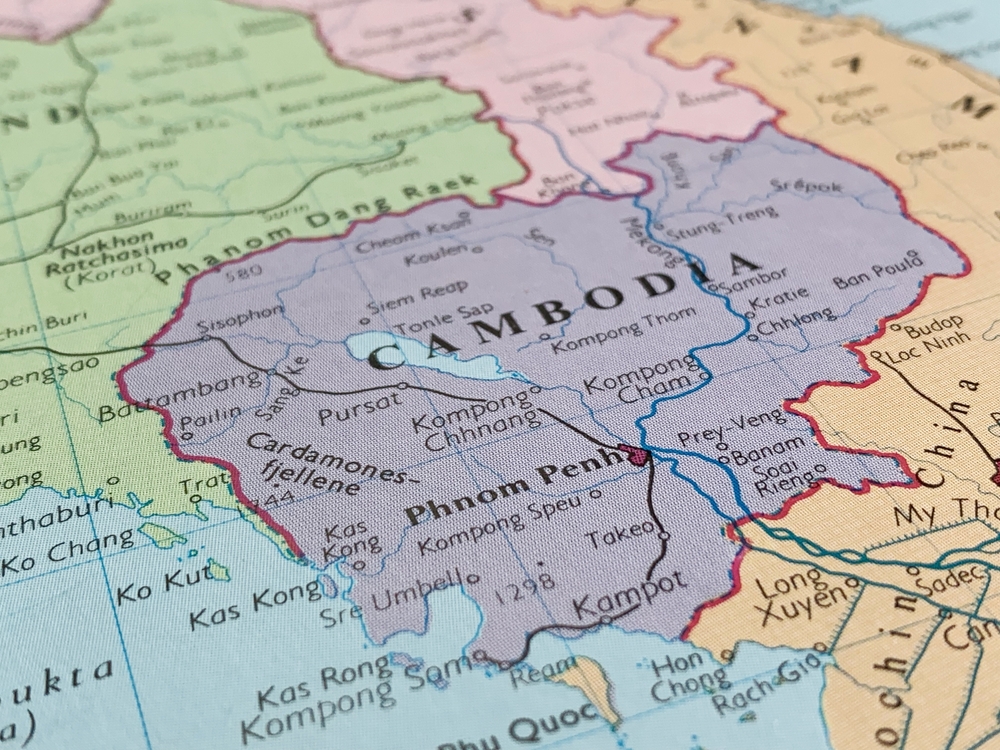The way a country shows itself through its food is memorable. In Cambodia, that showing is lovely, sometimes in a very literal way. Cambodia is full of temples, tuk-tuks, rivers, and customs. But what people don’t know about its desserts is that they are just as culturally rich as they are tasty. You can find them anywhere, not just a fancy place. You might discover These kinds of sweets in a busy local market, served warm by a seller wearing a woven palm hat or given to you with love after a family meal. They don’t always dress up for fun, but you’ll remember them long after the last bite.
Cambodian sweets are based on tradition and are made with simple ingredients. That’s not what they’re after; they want safety. They have a gentle honesty because the ingredients come from farms, rivers, and trees nearby. The base comprises coconut, sticky rice, palm sugar, mung beans, and banana. Because of them, treats remind us of holidays, seasons, and stories that have been told for generations.
The Humble Luxury of Num Ansom
Perhaps Num Ansom is the best way to describe Cambodian comfort food. It’s more than just a treat; it’s a gift, a party, and a sign of care. This sticky rice cake is packed in banana leaves and slowly cooked. It usually has mung bean, banana, or even pork inside. It can be eaten at any time of the year, but it has extra meaning during holidays like Pchum Ben when families gather to remember their ancestors.
When you open a Num Ansom, it’s like getting a small, warm gift. The banana leaves smell soft and earthy, and the treat inside is filling and smooth. It’s not sweet like treats in the West; it’s more mild and almost calming. The right amount of sweet, savory texture and taste makes you feel good. This is food that is good for both the body and the heart.
CAMBODIA VISA FOR ANGOLAN CITIZENS
A Chilled Escape in Cha Houy Teuk
When it’s hot in Cambodia, nothing makes you feel better than a bowl of Cha Houy Teuk. This bright treat jelly is often made with agar agar. It comes in soft shades of pink, purple, and green, floating in sweet syrup and coconut milk. It’s a drink, a treat, and a quick escape from the warm sun. It’s often served with crushed ice.
Cha Houy Teuk is unique not only because it cools you down or looks like candy but also because it brings people together. It’s often eaten with other people, like when friends share it or give it to a child with sticky fingers and wide eyes. You can find it at open-air markets and street stands. Dessert is a way to make memories and enjoy sweetness during a busy day.
The Magic of Sticky Rice with Mango
Thailand may be better known for its version, but Cambodia’s mango sticky rice is a real winner. It’s a simple dish: fragrant sticky rice, golden ripe mango slices, and lots of sweet coconut cream drizzled on top. But the beauty lies in how simple it is. The soft, sun-kissed mango melts into the warm rice like silk on the skin. It tastes like summer.
You could try this dish for the first time in a small café in Battambang or from a market cart in Kampot, but it will stay with you. And that’s the point: it’s not fancy. Cambodian sweets aren’t meant to impress; they hold you close, make you feel better, and fill you with more than sugar.
Num Plae Ai and the Joy of Bite-Sized Wonder
Num Plae Ai is sometimes called Cambodian mochi, but it’s not the same thing. These small balls of sticky rice, rolled in grated coconut, contain palm sugar. When you bite into one, the shell quickly gives way to a burst of melted sugar, which is a pleasant treat. Then, you feel the soft crunch of fresh coconut.
Most of the time, they’re made by hand and sold in small quantities, not in boxes but in palm leaf bags or plain plates. You eat them slowly, not because they ask you to, but because they want you to. They make you remember that happiness can be found in the tiny things.
CAMBODIA VISA FOR ANTIGUA AND BARBUDA CITIZENS
Sweetness Rooted in Culture
When you visit Cambodia, you can taste its past; its desserts are the best way to see that. These things aren’t just lovely but deeply ingrained in our culture. People bring sweets to monks when given gifts, share them at weddings and religious events, and pass them around to show kindness. Most of the time, the recipes aren’t written down; instead, they’re remembered and passed down from grandma to granddaughter, with minor changes made each time.
Cambodian sweets also show how close people are to the land. Trees are tapped early in the morning to make palm sugar. Care is taken to pick, soak, and steam rice. People even grate coconut by hand. The process moves slowly and with respect. It’s not about making cake fast; it’s about making it essential.
The Lasting Taste of Cambodia
The taste of Cambodia will stay with you long after your trip is over, long after the pictures of the temples and the gifts have been put away. Things that stay with you are the soft chew of sticky rice, the golden sweetness of mango, and the surprise burst of palm sugar in a tiny rice ball.
Cambodian sweets are more than just tasty. They’re about how you feel about how quiet the joy of finding is. About the times you spend with people who end up becoming friends. About a society that feeds you and makes you feel welcome with every bite.
If you’ve tried even a few of these treats, you’ll probably want them again. Not just because they tasted good but also because they made you feel full, happy, and a little closer to Cambodia’s kind heart.
Read more: Historical Landmarks That Define Cambodia



